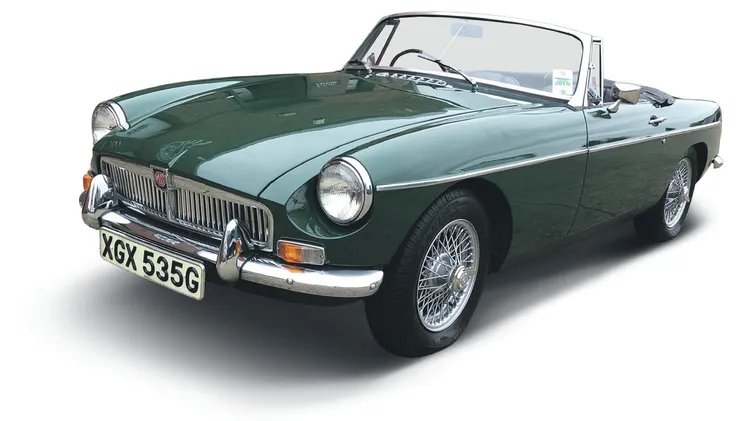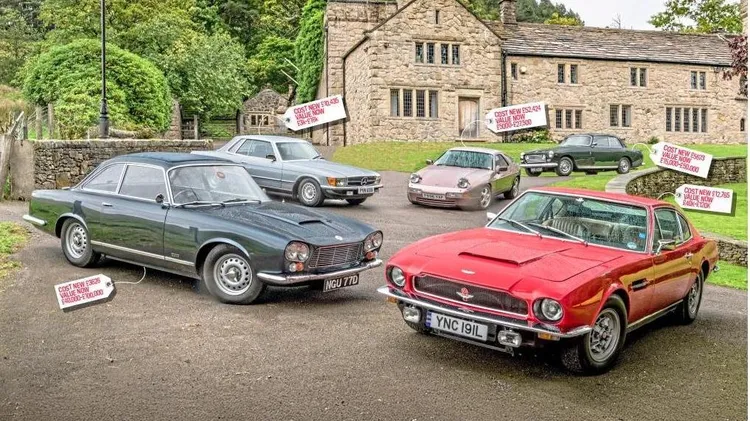Rolls-Royce’s first Bentley was fast, refined and expensive 90 years ago. B
Silenceis golden
11 min read
This article is from...
Read this article and 8000+ more magazines and newspapers on Readly






